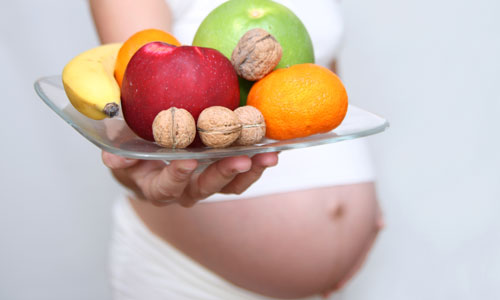US and Norway invest in new partnership: Saving Mothers, Giving Life
1 JUNE 2012 | OSLO, NORWAY — The US government has joined Merck for Mothers, Every Mother Counts, and the American College of Obstetricians and Gynecologists in a new initiative to reduce maternal mortality. The announcement took place at a global health conference on Friday, 1 June sponsored by the Norwegian government, entitled “A World in Transition: Charting a New Path in Global Health.” US Secretary of State Hillary Rodham Clinton announced the US government would commit $75 million to the “Saving Mothers, Giving Life” partnership. Norway pledged another roughly $80 million to the initiative.
In her keynote speech, Secretary Clinton underscored the need to look to maternal health as a barometer for measuring the strength of healthcare systems around the world. “When a woman in labor experiences complications, it takes a strong system to keep her alive,” she said. “It not only takes skilled doctors, midwives, and nurses, it takes reliable transportation, well-equipped clinics and hospitals that are open 24 hours a day. Where these elements are in place, more often than not women will survive childbirth. When they aren’t, more often than not they die or suffer life-changing, traumatic injuries.”
Norway’s Minister of Foreign Affairs, Jonas Gahr Støre, hosted the conference where the Mrs Clinton was keynote speaker. There was also be a panel discussion over various aspects of sustainability with Tamar Manuelyan Atinc, Vice President, World Bank; Haja Zainab Bangura, Minister of Health and Sanitation, Sierra Leone and Professor K. Srinath Reddy, President, Public Health Foundation of India.
Prior to the seminar Norad facilitated four workshops on Economic Benefits of Investing in Women’s Health; Saving Mothers, Giving Lives; Addressing conflict-related sexual violence; and Innovation – Scaling Mobile-Based Solutions and Health Information Systems. A special Commentary by Health Advisor to the Norwegian President, Dr Tore Godal, was published in The Lancet.
Accelerating the global response to reduce maternal mortality
“The meeting of Norwegian Foreign Minister Jonas Gahr Støre and US Secretary of State Hilary Rodham Clinton at the Global Health in Transition conference in Oslo, Norway, on June 1, 2012 advances global health as an essential component of foreign policy. The meeting of these two senior diplomats along with other government leaders and health professionals from around the world reaffirms global health as a vital matter of state…”
